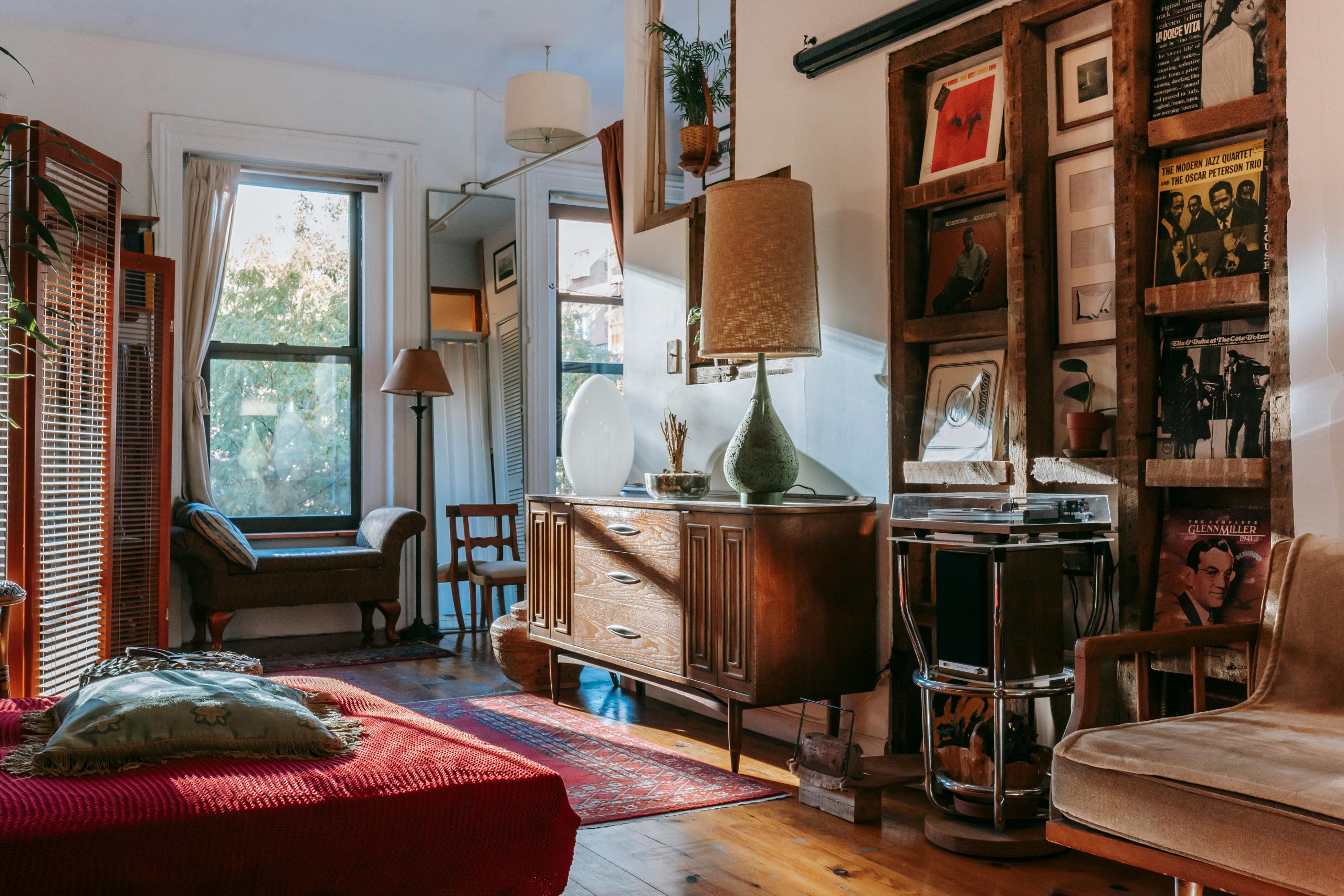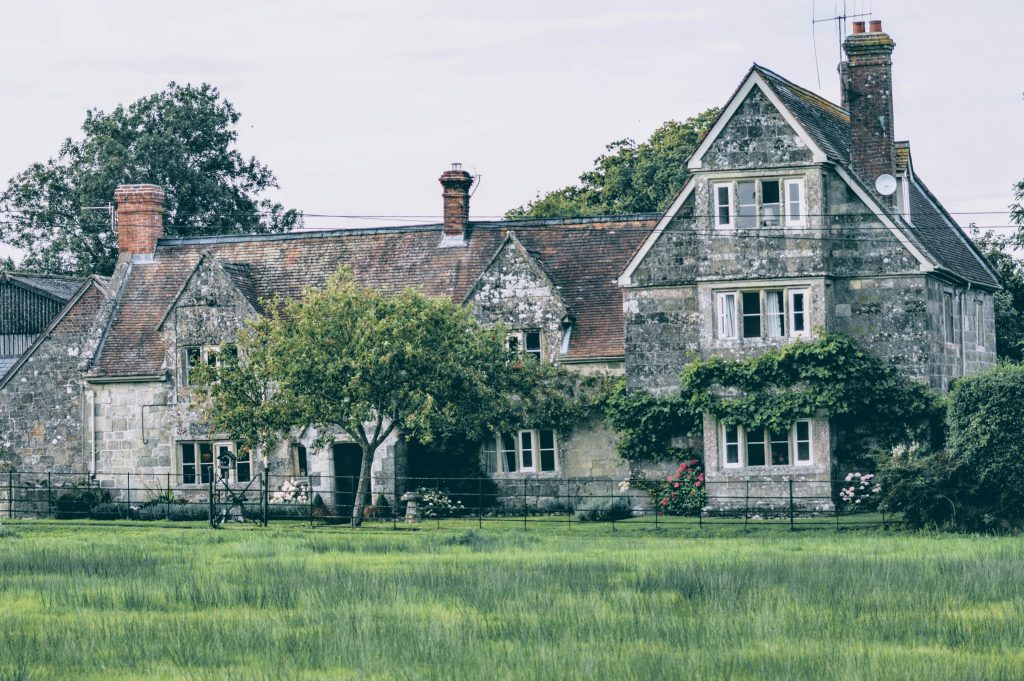- Establish a budget to manage renovation costs, avoiding overspending and keeping the project on track.
- Inspect your home for damages such as water issues, window defects, electrical problems, and pest infestations.
- Prioritize renovation updates by focusing on critical areas and preserving the home’s original character and charm.
- Plan for future needs with universal design elements and energy-efficient upgrades to enhance sustainability and value.
Revamping an old home can be an exciting and rewarding project. Whether you’ve purchased a fixer-upper or you’re looking to breathe new life into your current home, there are several essential tips to keep in mind during the renovation process. This blog will discuss critical tips that will help you revamp your old home and create a space that is both beautiful and functional.
Create a Budget
Before you begin any renovations, it’s essential to establish a budget for the project. Consider how much you are willing to spend on materials, labor, and any unexpected expenses that may arise during the renovation process. By setting a budget upfront, you can avoid overspending and ensure that your project stays on track.
Look for Damages
Before you start any renovation work, inspect your home for any potential damages that may need to be addressed. Some of the most common issues in older homes include the following four:
Water Damage
Check for any signs of leaks or water stains on walls, ceilings, and floors. These could indicate a plumbing issue that needs to be addressed before beginning renovations. It’s crucial to fix any water damage as soon as possible to prevent problems further down the line.
Broken Windows

Inspect all windows for cracks, broken panes, or issues with the window frames. These should be fixed before continuing with any renovations to ensure a safe and secure home. You should consider employing the help of window repair professionals if needed. They can assess the condition of your windows and provide recommendations for repairs or replacements.
Electrical Problems
Older homes may have outdated electrical systems that can pose a safety hazard. Check for any flickering lights, faulty outlets, or other signs of electrical issues. It’s essential to hire a licensed electrician to assess and update your home’s electrical system before starting any renovations.
Pest Infestations
Older homes may be more susceptible to pest infestations, so inspecting for any signs of pests before beginning renovations is crucial. Look for droppings, chewed wires or furniture, and holes in walls or floors. If you find any evidence of a pest problem, hire a professional exterminator to handle the issue before starting renovations.
By addressing these issues right away, you can prevent any further damage to your home and ensure a safe living space. You may also want to consider incorporating preventative measures to protect your home from future damages, such as installing a sump pump or sealing cracks in the foundation.
Prioritize Updates
When revamping an old home, it’s essential to prioritize updates based on what will have the most significant impact on the overall look and feel of the space. Consider focusing on critical areas such as the kitchen, bathrooms, and flooring first before moving on to less critical updates. This will help you make the most of your budget and create a cohesive design throughout your home.
Preserve Character

One of the unique aspects of revamping an old home is preserving its character and charm while still making modern updates. Look for ways to incorporate original features such as wood trim, built-in shelving, or stained glass windows into your design scheme. These elements can add character and history to your home while also creating a sense of continuity between old and new.
Plan for Future Needs
As you revamp your old home, consider how your needs may change in the future. Think about incorporating features such as universal design elements or energy-efficient upgrades that will make your home more accessible and sustainable over time.
Planning for future needs can help you create a space that will continue to meet your needs for years. These updates can add value to your home if you ever decide to sell in the future. You can also consult with a real estate agent for advice on which updates will provide the best return on investment.
Revamping an old home can transform it from a dated structure into a vibrant, functional, and charming space that reflects your personal taste and meets your evolving needs. From setting a budget and inspecting for damages to prioritizing updates and preserving the home’s original character, each step plays a crucial role in the renovation process.
By planning for future needs and considering sustainability, you enhance the living quality of your home and its market value. Remember, the journey of renovating an old home is as rewarding as the final outcome. Take time to appreciate the progress and envision your revamped space’s endless possibilities. Whether you’re undertaking this project on your own or with the help of professionals, these tips can guide you toward creating a home that you’re proud to call yours.

